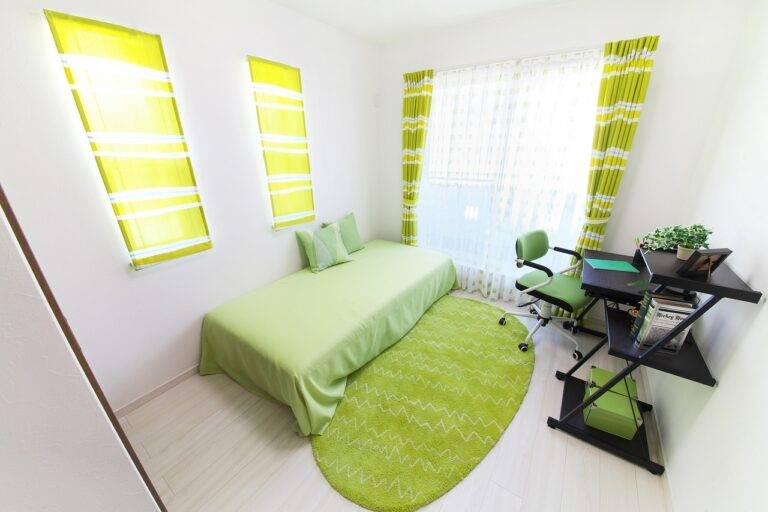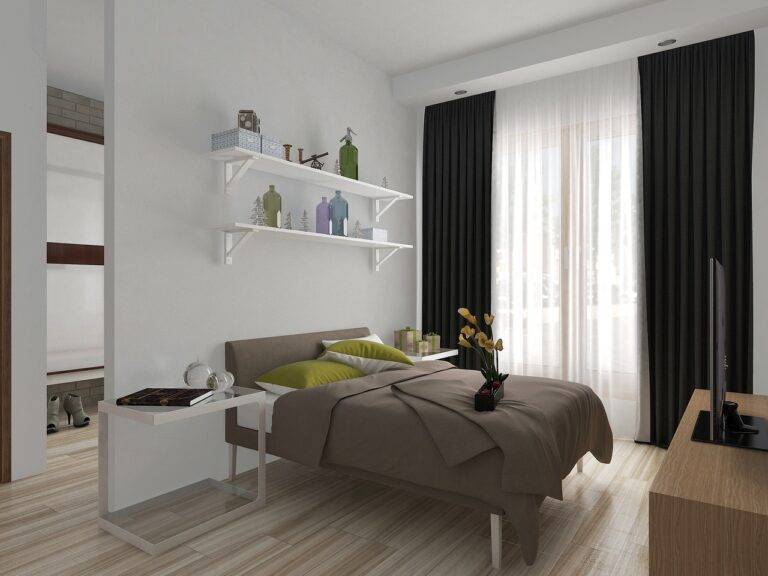The Impact of Universal Design on Home Accessibility
Universal design for home accessibility offers a plethora of advantages for individuals of all ages and abilities. By incorporating features like wide doorways, no-step entries, lever-style door handles, and grab bars into the design of a home, residents can experience greater safety and independence in their daily lives. These modifications not only benefit older adults or those with mobility challenges but also cater to families with young children and individuals recovering from injuries or surgeries.
Furthermore, universal design enhances the overall functionality and comfort of living spaces. Implementing elements such as adjustable countertops, bathroom aids, and slip-resistant flooring ensures that everyone can navigate and utilize different areas of the home effortlessly. With a more inclusive environment, residents can age in place with dignity and maintain a sense of autonomy without constantly worrying about limitations imposed by inaccessible design features.
Principles of Universal Design
Universal design is founded on the premise of creating spaces and products that are accessible and usable for all individuals, regardless of age, ability, or mobility. This design approach aims to eliminate barriers and promote inclusivity by considering the diverse needs of users from the outset. By integrating universal design principles, homes can be made more functional and comfortable for everyone, fostering independence and enhancing overall quality of life.
The principles of universal design emphasize equitable use, flexibility in use, simple and intuitive design, perceptible information, tolerance for error, low physical effort, and size and space for approach and use. These principles guide the creation of environments that can be easily navigated and utilized by individuals with varying abilities and preferences. By adhering to these principles, homes can be transformed into spaces that are not only accessible but also aesthetically pleasing and user-friendly for all occupants.
What are the benefits of Universal Design for home accessibility?
Universal Design ensures that homes are accessible to individuals of all ages and abilities, promoting independence and safety for everyone.
What are the key principles of Universal Design?
The key principles of Universal Design include equitable use, flexibility in use, simple and intuitive use, perceptible information, tolerance for error, low physical effort, and size and space for approach and use.
How does Universal Design benefit individuals with disabilities?
Universal Design provides individuals with disabilities with increased access to and use of spaces, products, and technologies, promoting inclusivity and independence.
How can Universal Design be implemented in existing homes?
Universal Design can be implemented in existing homes through modifications such as adding ramps, grab bars, lever-style door handles, and adjustable height countertops to increase accessibility for individuals of all ages and abilities.
Why is Universal Design important in creating an inclusive society?
Universal Design is important in creating an inclusive society as it ensures that environments and products are accessible and usable by all individuals, regardless of their age, ability, or disability.





